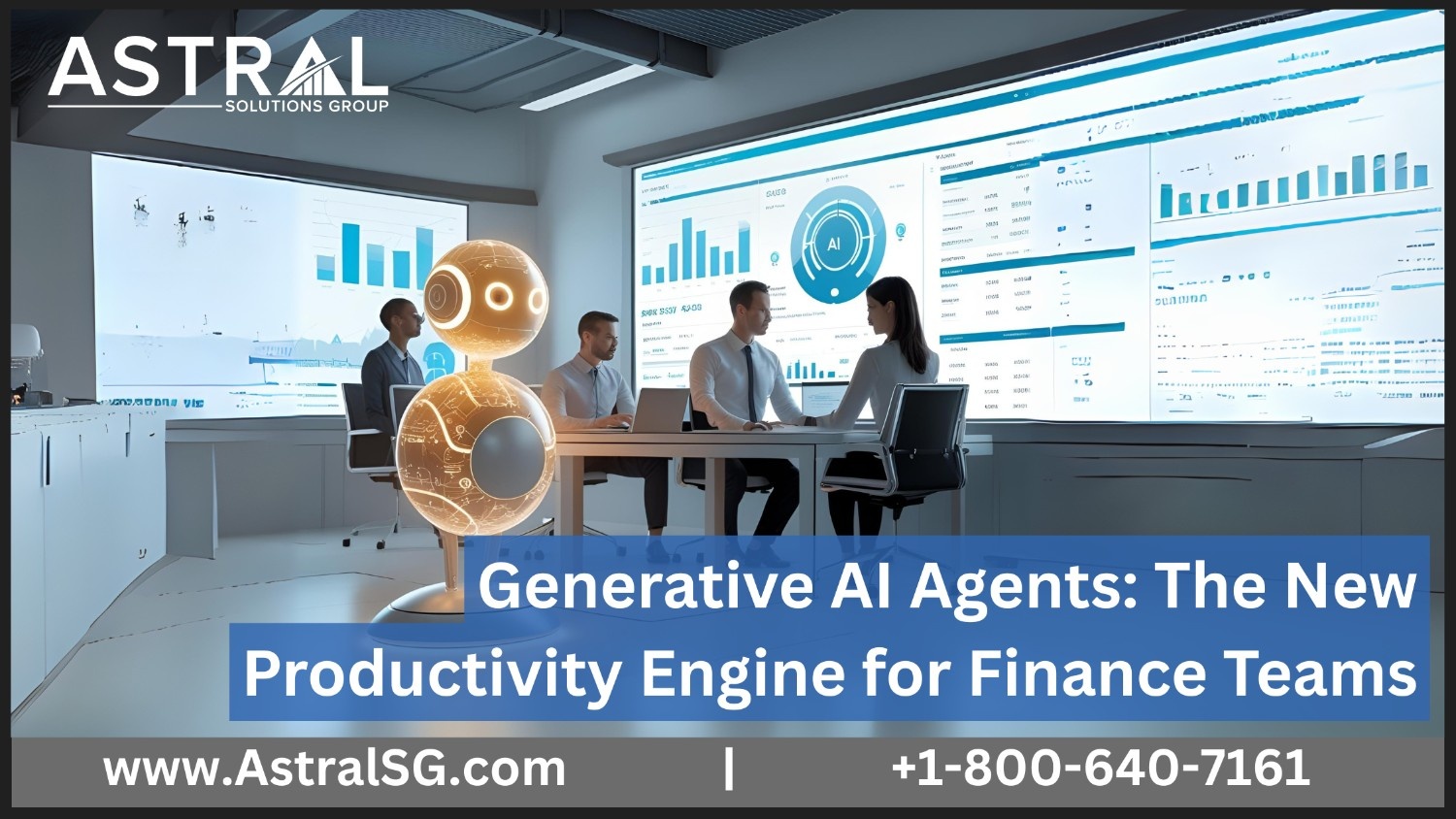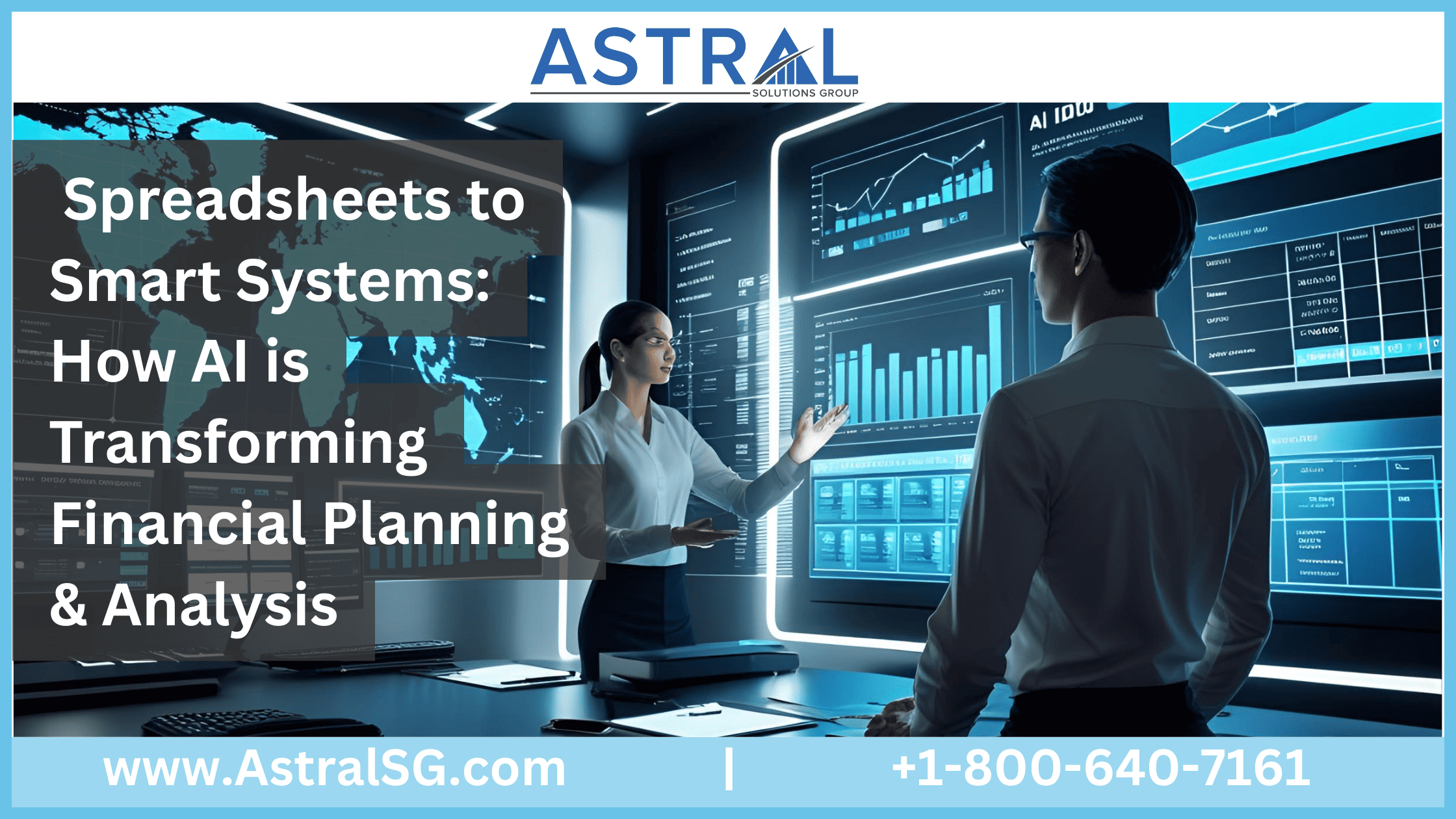
Artificial Intelligence (AI) is no longer a distant concept reserved for tech giants. It’s here – reshaping the way industries like construction, engineering, manufacturing, and higher education manage their financial operations. From forecasting and cost control to strategic planning and decision-making, AI’s role in financial management is becoming both transformative and indispensable.
Smarter Forecasting Through Synthetic Experimentation
In industries where financial variables shift daily – such as fluctuating material costs in construction or variable enrollment patterns in education – predictive accuracy can make or break a budget. AI-driven synthetic experimentation allows organizations to simulate thousands of “what-if” financial scenarios in seconds.
For instance, an engineering firm can model how rising interest rates or supply chain delays might affect project margins. A university can project the financial impact of new program launches or international student recruitment strategies. Instead of relying on static models, AI systems continuously learn from real-time data, enabling finance teams to forecast with unprecedented precision and confidence.
Automating Complex Reasoning Chains
Financial processes often involve long chains of logic – from tracking project budgets to allocating indirect costs and managing multi-entity consolidations. Traditionally, these have been manual, error-prone tasks requiring extensive oversight.
AI changes that by automating complex reasoning chains. In manufacturing, for example, AI can analyze procurement data, production schedules, and market trends to automatically recommend cost optimizations. In construction, it can flag inconsistencies in project budgets or compliance documentation before they become costly issues.
This automation not only reduces human error but also frees financial professionals to focus on strategic decision-making rather than repetitive reconciliation tasks.
Hyper-Personalized Financial Interfaces
Gone are the days when financial dashboards looked the same for everyone. AI enables hyper-personalized interfaces – tools that adapt to how each user works best. A CFO might see big-picture insights like cash flow projections and ROI trends, while a project manager in construction might view live budget tracking and expense variances.
In higher education, department heads could instantly access tailored financial summaries for their programs, with AI-generated explanations that translate complex data into actionable insights. The result? Every stakeholder engages with financial information that’s relevant, intuitive, and easy to act on.
Real-Time Organizational Memory
One of the most powerful outcomes of AI integration is the creation of a real-time organizational memory – a continuously updated knowledge base that connects financial data, operational metrics, and historical insights.
In an engineering or manufacturing context, this could mean instant access to the financial history of similar projects, helping teams avoid past mistakes and replicate successful strategies. For higher education institutions, AI can maintain a living record of enrollment, grants, and expenditure patterns – making planning cycles faster and more informed.
With this collective intelligence, organizations are no longer reactive. They can anticipate, adapt, and accelerate growth with agility grounded in data.
The Road Ahead
AI isn’t replacing financial professionals – it’s empowering them. By merging automation with intelligent insight, AI helps finance teams evolve from transactional roles to strategic partners in business growth. For industries with complex cost structures and long project lifecycles, this evolution is more than innovation – it’s survival.




